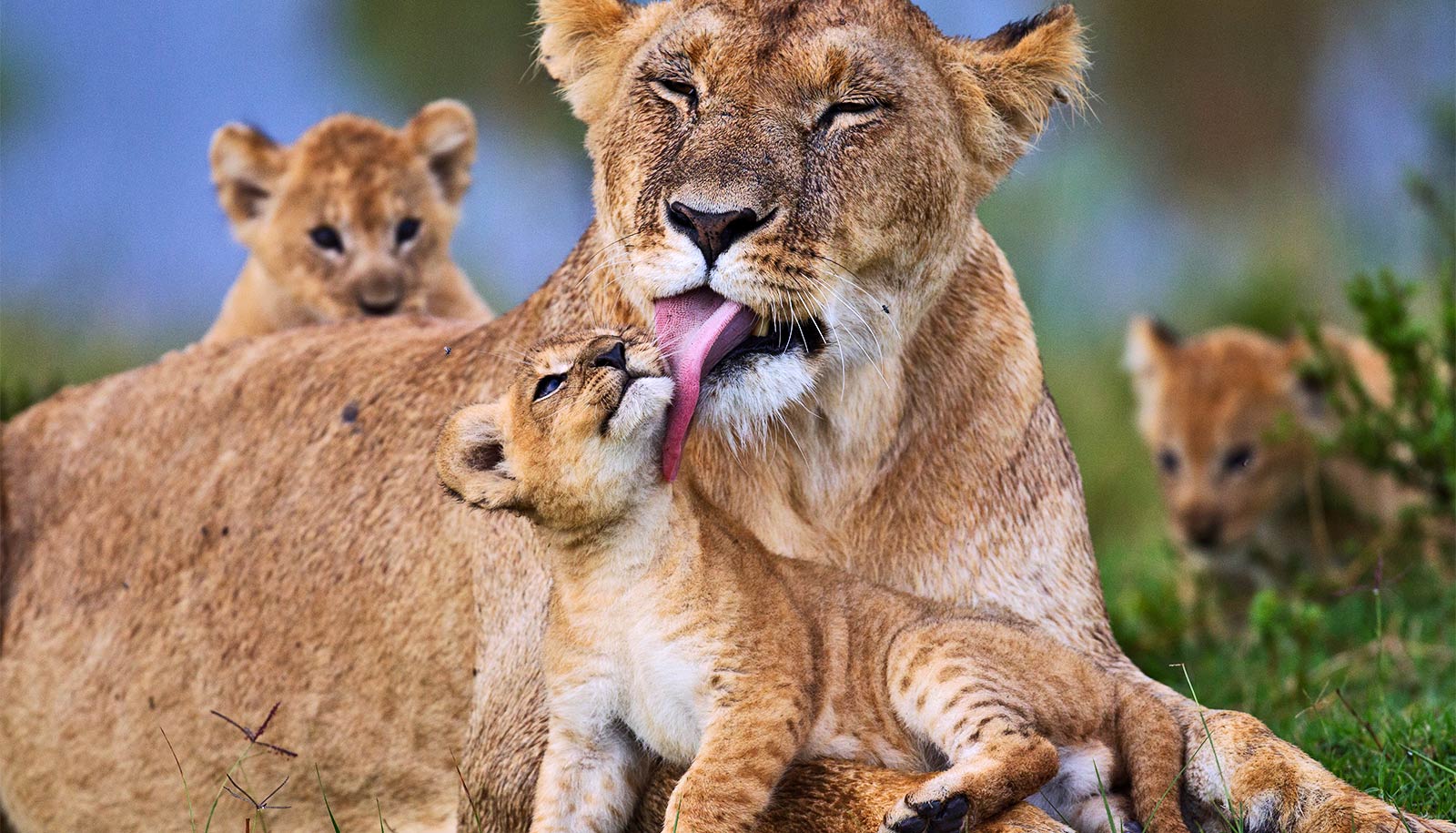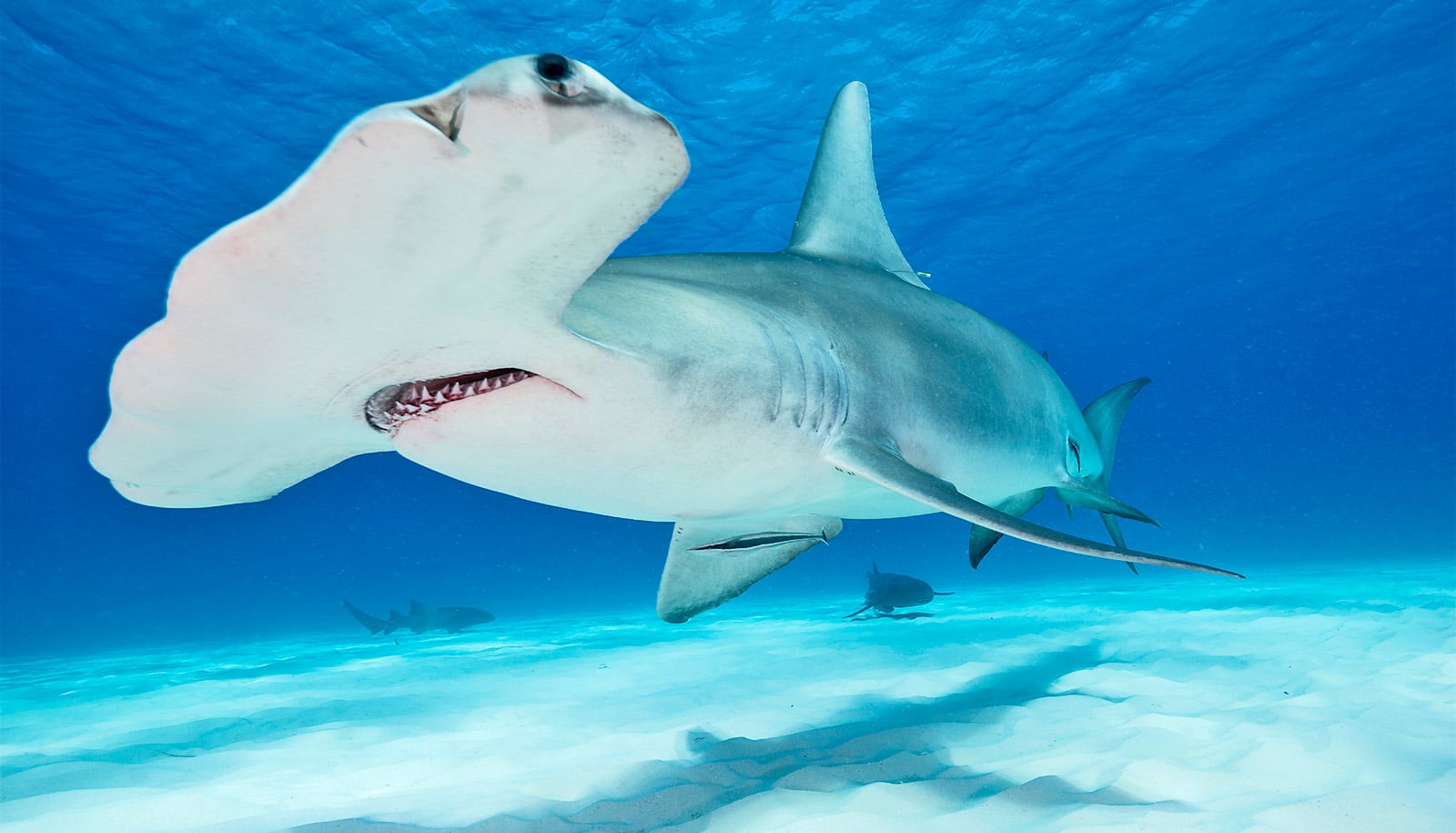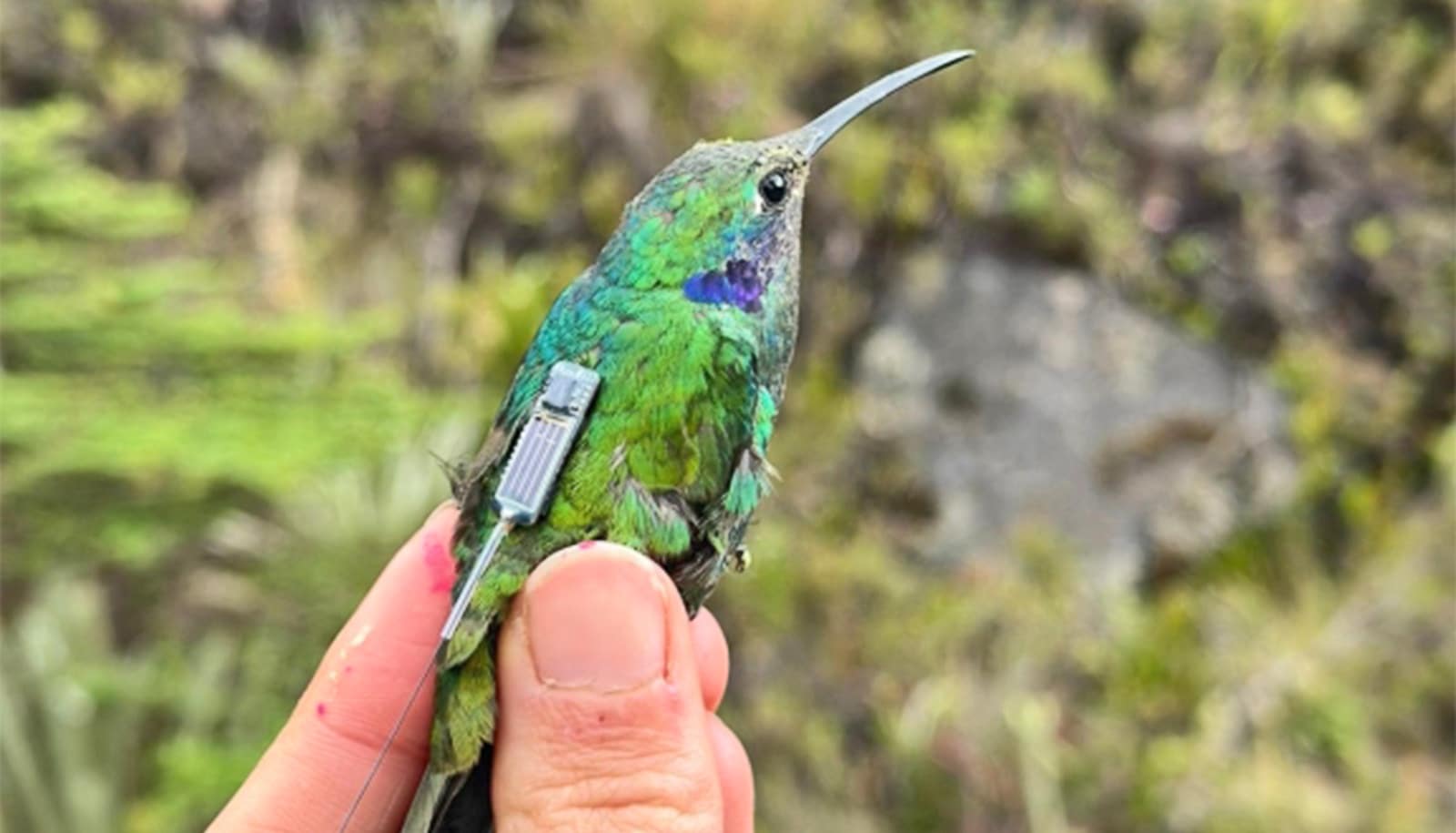Desert tortoises can overheat as they look for a way around roadside fencing meant to keep them safe from cars, a new study suggests.
The Mojave Desert tortoise—a threatened species and icon of California’s southern deserts—is facing intense pressure as its habitat is eyed for solar and wind energy development.
“Where tortoises and roads meet, it is inevitable that tortoises will lose.”
Their loss of habitat comes at a time when biologists are working to reverse the decline they’ve experienced since the 1970s. Experts say one of the biggest problems is roads.
“Roads are everywhere. Where tortoises and roads meet, it is inevitable that tortoises will lose,” says lead author Mark Peaden, a doctoral student in ecology at the University of California, Davis.
Even in protected areas like the Mojave National Preserve, several tortoises are killed on roads each year. Installing fencing along roads keeps them safe from cars but can cause other problems.
Tortoises that haven’t adjusted to the fencing pace along them, the study found, and can overheat and die. Such short-term problems need to be addressed to reap the long-term benefits of fencing.
In the study, which appears in Biological Conservation, researchers placed tiny GPS units on tortoises found near roads and along newly installed fencing. The units recorded the location and temperature of the animals every 15 minutes for two years.
“Some of what we found was really surprising,” Peaden says. “The tortoises definitely cross roads, but they do so far less than expected.”
Although fencing kept tortoises off roads, some had difficulties adjusting to a new barrier. Tortoises got hotter at the road and the fence, reaching especially dangerous levels when they paced. One tortoise succumbed to the heat and died while pacing the fence on a hot day.
“You can imagine how confused a tortoise must be after living in a place for 20 or 30 years and suddenly there is a barrier in its way,” says coauthor Tracey Tuberville, associate research scientist at the University of Georgia’s Savannah River Ecology Lab. “Managers may have to account for this behavior by designing and installing barrier fencing that minimizes pacing or the risk that pacing animals will overheat.”
Can a roadkill map save animals and drivers?
When tortoises aren’t barred from crossing roads, they tend to cross where desert washes occurred. This helps managers target where to install barrier fencing or road underpasses to make fences most useful.
For example, placing fences at washes could prevent tortoise deaths, as it would keep them off roads. Alternatively, a wildlife underpass could be constructed at a wash where tortoise movement rates are high.
Further, tortoises primarily cross roads in midspring and again in midsummer. Increased traffic law enforcement during these windows may help reduce the number of tortoises struck and killed on roads, particularly in areas where visitor traffic increases during vacation seasons.
“We need more solution-based research like this to ensure that continued renewable energy growth in California is compatible with preserving native species for future generations,” says senior author Brian Todd, associate professor at the UC Davis Department of Wildlife, Fish and Conservation Biology.
Higher temps push turtles away from home turf
Additional coauthors of the paper are from UC Davis and the University of Georgia. The Bureau of Land Management, California Energy Commission, National Park Service, and the USDA National Institute of Food and Agriculture funded the work.
Source: UC Davis



